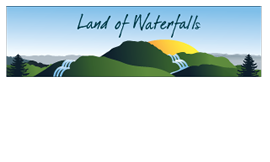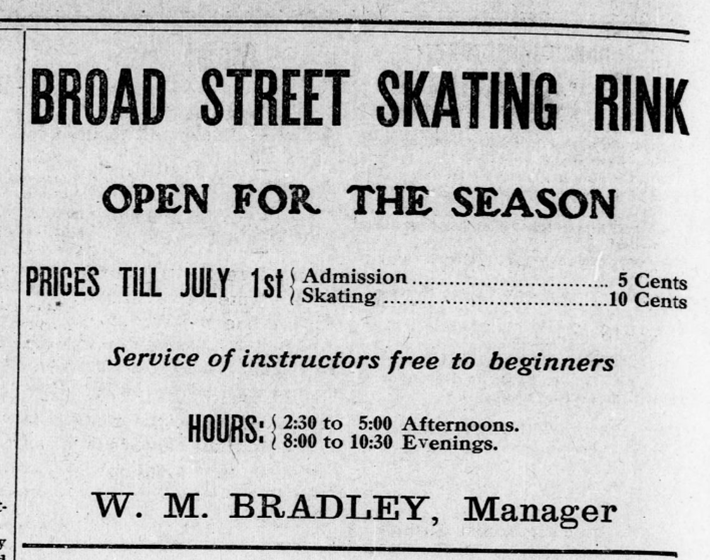
During the late 1870’s, a roller-skating craze spread throughout Europe and the United States, primarily the result of new technologies allowing the mass production of skates. The fad blazed intensely for a few years before dying out, but returned with a vengeance in 1905, stimulating the opening of thousands of new indoor rinks. Large newspapers ran stories about the renewed skating obsession including growing alarm for the large number of skating-related injuries. There were national debates over the all-to-real dangers of roller skating: in 1912, 106 young people were killed skating in New York City alone—a staggering statistic!
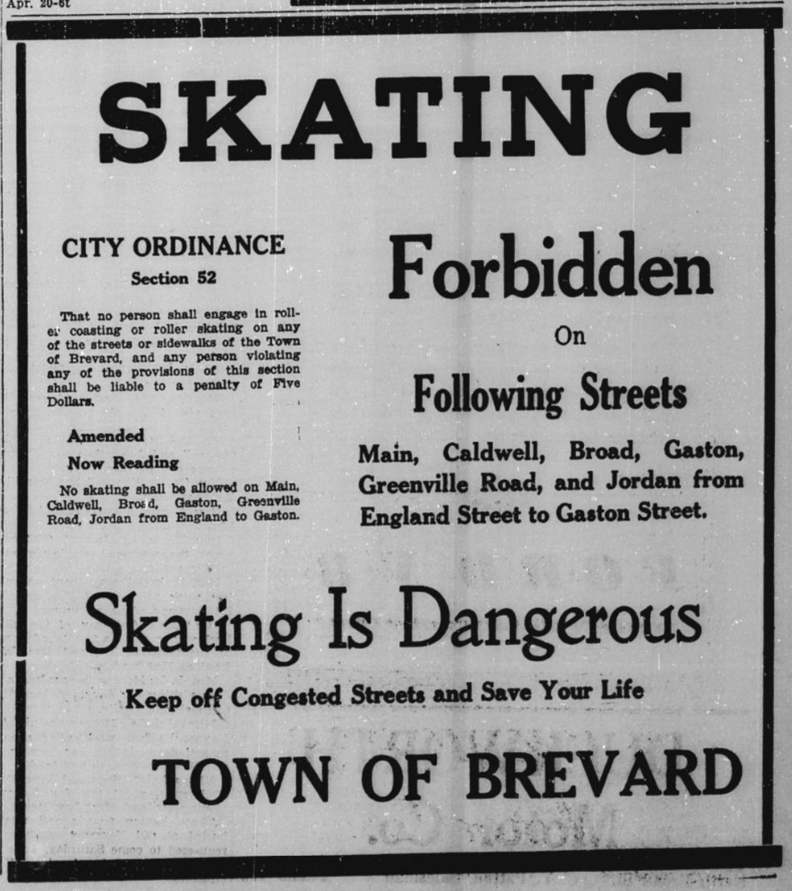
Small, rural towns like Brevard were not immune to the lure of skating. In early 1907 T.W. Whitmire, the owner of several popular stores and the mayor of Brevard, started construction on a skating rink located on a vacant lot at the corner of Broad and Morgan Streets. By March, the Broad Street Skating Rink opened to a large crowd of onlookers and spectators, although the offer of free skating probably contributed to the size of the throng. Admission was 5 cents to enter and an additional 10 cents to skate, roughly $3.30 in today’s money. Instruction was free for beginners, and there were plenty of seats for spectators.
A second rink, the Brevard Skating Club, opened in June of 1907 on the second floor of the Jenkins warehouse across from the train depot. During this era, it was segregated. Large ads for the Brevard Skating Club specifically mentioned “No colored people admitted.” Rates for skating started at 25 cents for three hours.
The Sylvan Valley News, Brevard’s newspaper at the time, observed that “these rinks, along with the bowling alley, Whitmire’s merry-go-round, several phonograph concerts, and a peep show, provide attractions galore in Brevard.” The merry-go-round, also owned by Whitmire, was located near the depot.
Immediately, there was a competition between the two rinks to attract the most business. Both offered a various races including barrel, wheelbarrow, potato, and tandem. Prizes such as Huyler’s Bon Bons, a candy famous at the time, were prominently offered to female winners. Other marketing strategies included a “tackey party” and a masquerade. Skilled performers provided entertainment, such as The Bartow Skating Team, who waltzed and two-stepped, wove through a candle maze, and jumped six chairs. The Broad Street Rink added an electric piano in July of 1908 for skaters to “glide and tumble” to. A group of boys called the Brevard Rifles were even given rink time to conduct military training on Saturday nights.
Certain members of the public believed one rink went too far when they organized a greased-pig chase on skates, resulting in a Sylvan Valley News editorial condemning the practice. They noted that it was a “horrible cruelty practiced on innocent pigs” because the bristles were shaved off the pig to provide a smooth hide, thus allowing “no protection from insects save to bury himself in the mud.” The writer ends with the note: “Shame on all who consider this a sport!” The guilty rink agreed to stop the practice and replaced it with wheelbarrow and potato races.
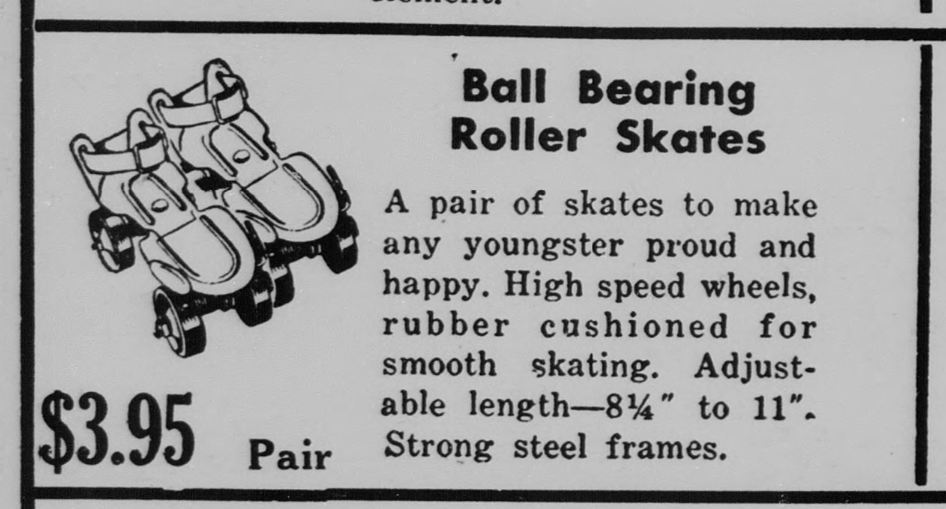
Injuries were common in both rinks. A beginning skater suffered a broken arm at the Broad Street rink almost as soon as it opened and there were regular notices in the Sylvan Valley News of other injuries caused by skating. One reads: “Miss Effie Tinsley, a graded school pupil fell and fractured her left arm. Dr. English was called in to set the broken bones.” The newspaper observed that, “Since the fad of skating rinks has become so popular in this city, the local physicians have been kept busy by these bone-breaking play houses.” But injuries did not seem to hurt business as the paper commented that “…an occassional broken arm seems to be a good advertisement.”
Something had to give in the rivalry between the competing rinks; the town was too small to support both. By the end of 1907, the manager of the Brevard Skating Club, W.M. Goode, left the rink business to accept a position on the Southern Railway as a flagman. Sometime during 1909 the Brevard Skating Club went out of business and the warehouse floor they were using was converted to “living rooms for cotton mill hands.” The Broad Street Rink met its end in November of 1909, when T.W. Whitmire auctioned off his rink, twelve dozen skates, the electric piano, and several other items.
Roller-skating’s popularity has ebbed and flowed through the decades and will be likely to continue to do so into the future. Photographs and information for this column are provided by the Rowell Bosse North Carolina Room, Transylvania County Library. This article was written by Local History Assistant Joe Russo. For more information, comments, or suggestions, contact NC Room staff at [email protected] or 828-884-1820.

